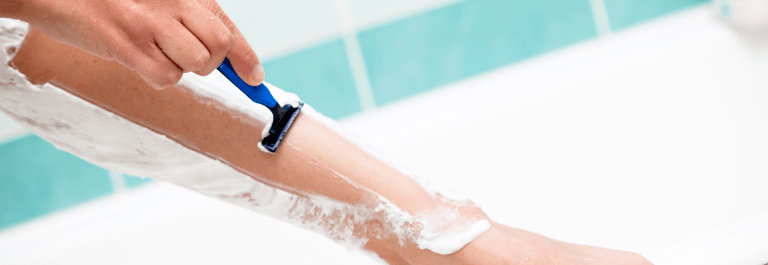If you suffer from diabetes, you may notice an increase in skin problems. That’s why skin care is such an important part of living with diabetes. The good news is that once you are aware of the issue, there are ways you can manage dry skin and soothe uncomfortable symptoms.
Read on to discover how to deal with dry skin from diabetes.
Is Dry Skin a Side Effect of Diabetes?
An estimated 1 in 3 people with diabetes will experience a skin rash or develop other skin problems. Having diabetes also makes it more likely for a person to experience dry skin compared to someone who doesn’t have the disease.
Why is this? One explanation is that high blood glucose levels cause a greater loss of fluid from the body. This can lead to dry skin on the body, particularly the legs, elbows, and feet.
Poor blood circulation can exacerbate itching in the lower legs. If dry skin is left untreated, it can crack or bleed, paving the way for infection to occur.
The Best Dry Skin Diabetes Treatment
To combat dry skin and keep infection at bay, it’s important to follow a good skincare routine. Here are some of our favourite suggestions:
Use a Natural Moisturizer
We recommend using a natural moisturizer that will keep the skin hydrated. A great choice is this Organic Manuka Skin Soothing Cream. It’s made with 6 ingredients, including the ever-powerful Manuka honey that’s renowned for its anti-inflammatory properties.
Adults and kids alike adore this oil-based balm that doesn’t burn or sting. Feel free to use this dreamy cream from head to toe, including delicate areas like the eyelids and lips.
Switch to a Soothing Soap
Say hello to soft and smooth skin! When dealing with diabetes and dry skin, we encourage you to wash with a mild, neutral soap such as this Coconut and Sunflower Oil Soap Bar.
Gentle and nourishing, it’s made with coconut oil, sunflower oil, and shea butter. While there’s no added fragrance or perfume, the soap offers a light, clean smell. This fatty cleanser and moisturizer helps the skin maintain its moisture rather than strip it of its natural oils.
Try Wet Wrap Therapy
Wet wrap therapy is a simple at-home technique that allows you to easily give your skin a much-needed boost of moisture. The simple process involves lathering the skin with a natural moisturizer like the Manuka cream mentioned above.
Cover the area with a damp layer such as these hypoallergenic eczema sleeves. The damp layer allows the emollient to better permeate the skin.
Lastly, cover up with a dry layer to help lock in moisture. Leave the wet wrap on overnight or for a minimum of 2 hours.
Diabetes Skin Care Tips
In addition to the skin care tips mentioned above, here are some extra tips and tricks to manage your dry skin:
Take Shorter Showers
Long, hot showers can feel great but they can have an adverse effect on your skin. Hot water, in particular, has a tendency to further dry out the skin and strip it of its natural, protective oils.
We recommend taking shorter showers using lukewarm water. When you are finished washing, pat dry your skin with a towel instead of rubbing to avoid aggravating irritation.
Wear Protective Clothing
To protect your skin from harmful scratching which can potentially cause the skin to crack or bleed, we encourage you to wear protective clothing. We recommend Remedywear™ because the TENCEL and zinc infused fabric helps boost the healing process.
It’s also breathable and features moisture-wicking properties to ensure comfort all day or night long. Here are some of our favorite choices:







